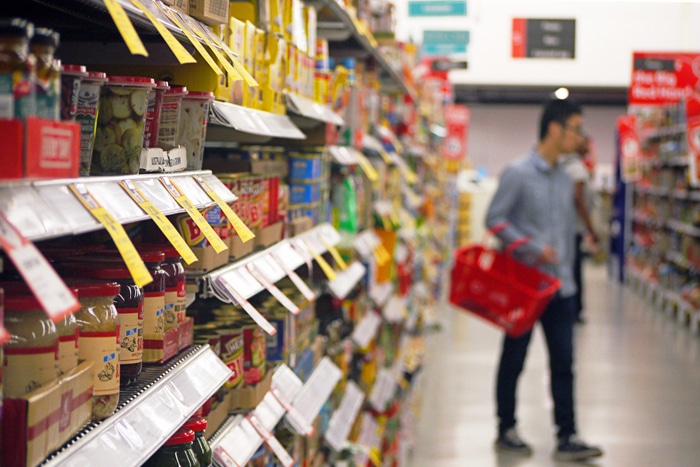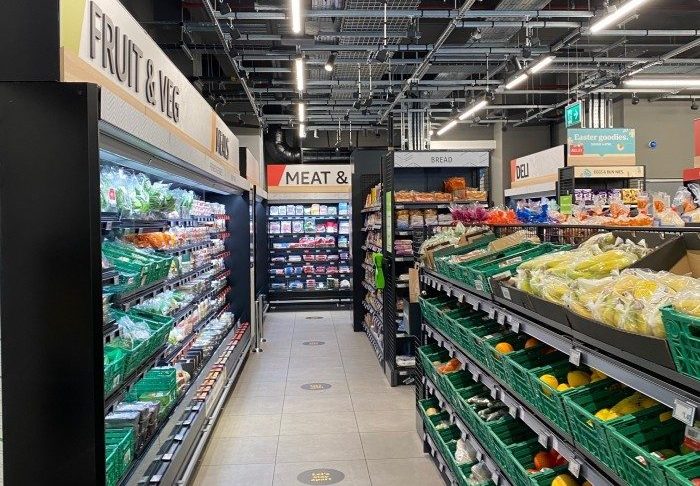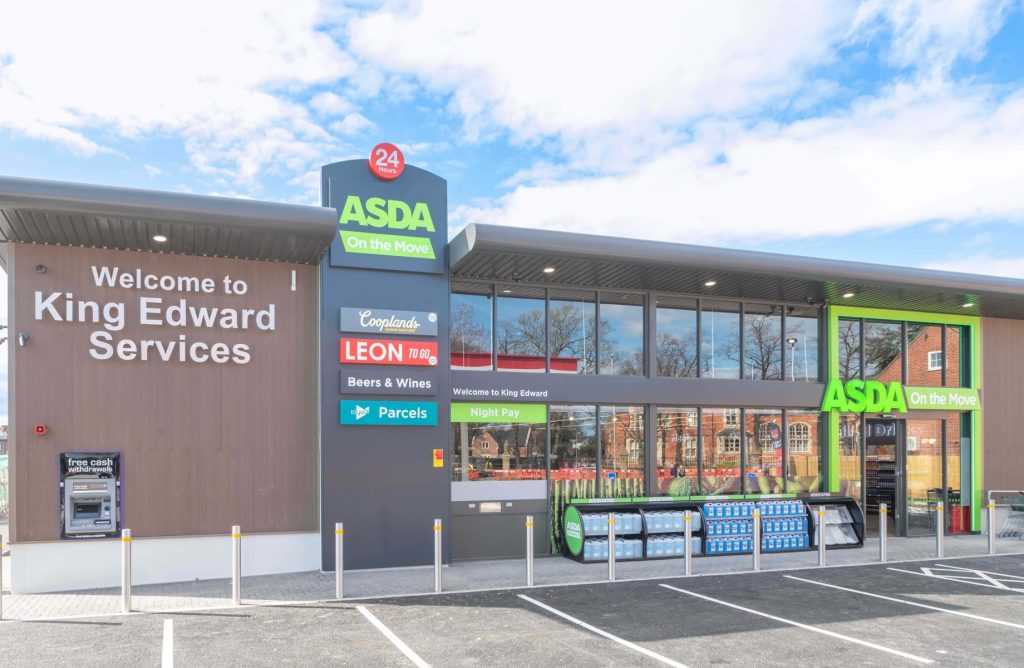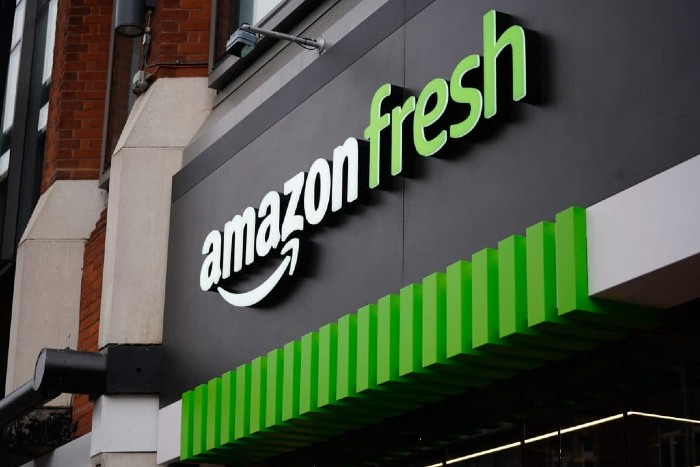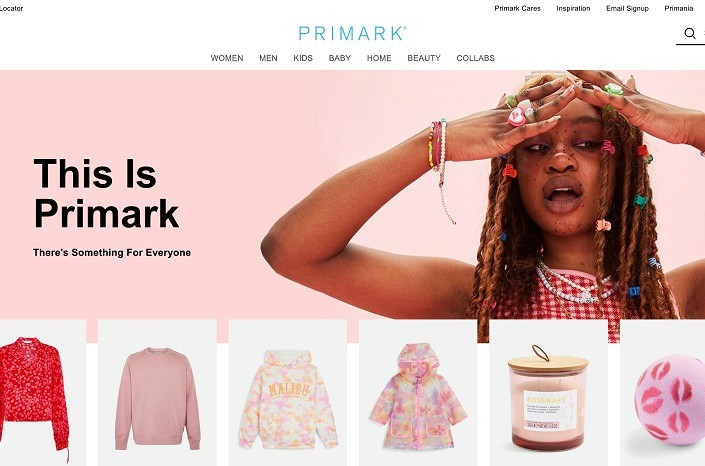Demand forecasts are at the heart of a retailer’s profitability and reputation. These encompass strategic forecasts to help decide where to build a new store or distribution centre, tactical forecasts about what kind of promotion to run next month, and operational forecasts with fine granularity for replenishing shelves before shoppers demand a product.
New, developing technologies and novel data are changing how retailers can forecast product demand in-store and online. Let’s speculate as to what your future shopping trip might look like, and what the implications on forecasting might be.
Your next shopping trip?
Once you take your first steps into the store, your mobile will register your shopping list and match it with the store’s layout. Prices in the store are not fixed: they are updated (but not too often during the day, as customers would not accept the disruption) to reflect availability.
Your shopping list may also be updated as your fridge at home is emptied by one of your family. But what’s this? The wine you wanted is not on the shelves, yet the QR code says it should be available. Maybe it’s in someone else’s trolley. Never mind, you order it online.
Meanwhile, the apparent out-of-stock observation is linked to logistics, and the wine is already en-route to the shelves (no help to you of course, but you’ll still have it by dinner time). Your passage around the supermarket is not without interruption. Your phone chirps in with suggestions (it knows your preferences) and of course, promotional offers.
Complementary products are suggested, the wine would work well with beef, and here’s a recipe. And now to check out – all done automatically.
Implications for the Retailer
The fantasy we describe, elements of which are already happening, leads to changes in the focus of retail management. Increasingly, the emphasis is on the individual shopper’s experience and the need to engage competitively using the data the customer generates.
This will affect store design. At the tactical level, it will affect store operations, with the retail associate more directly involved in customer interactions, for example with clothing. The improved data on availability means stock-checks become a thing of the past, releasing staff. Above all the picture of the customer’s path through the store generates data, big data!
New methods including artificial intelligence offer the potential for improvement. At the same time, changes in the retailer offering and organisation make the job of improving accuracy ever more difficult.
The future of the retail forecaster
Commercial software has in part kept up with growth in data. More and more factors become relevant as the novel customer data accumulates. However, demand planning in retail is often an overwhelming activity, with event following event: Valentines Day, Easter, Holidays, Christmas – each requiring special attention from the regular demand planning team.
This makes it difficult to adopt the new methods needed to capitalise on the wealth of newly available data. Two alternative approaches have been adopted: the establishment of a data science team, or the outsourcing of analysis and complex modelling to a consultancy.
- The data science team: The team will embody expertise in statistics, programming, operational research and, of course, the retail business itself. This includes some of the new methods of AI (machine learning) that are emblazoned on some software products but have yet to establish themselves. In addition to exploiting the team’s technical expertise, a core task is to work with the demand planners to improve on the day-to-day tasks the planners face, and this will require careful organisation. While the new methods may offer benefits, judgement remains a key component of retail forecasting and is likely to remain so for a while, not to be replaced by an algorithm.
- The outsourcing approach: The latest software is usually excellent, but its implementation can often be routine, leading to unnecessary inaccuracies. The software needs to be tuned to produce the highest achievable levels of accuracy, and this can seldom be done. Consultancy should be able to offer that service, and this can be extended to deliver the regular forecasts needed to support the business day-to-day. As with the data science team, communication is a core element. The external agency cannot be relied on to carry out the tasks independent of the retailer’s expertise.
The Forecasting Challenges
The shifting emphasis to the individual customer, with dynamic promotional and pricing policies, the need for high service levels, and shorter product life cycles amplified by social media all make forecasting more difficult. New technologies and algorithms offer a partial route forward.
However, the poor demand planner, if left alone, will be lost. They need the support of advanced analytical solutions offered by the data science team if they are to get the most out of the data and achieve the best possible accuracy. Forecasting accuracy affects the bottom line directly.
Robert Fildes is director of the Centre for Marketing Analytics and Forecasting, Lancaster University Management School.
This topic and its challenges will be discussed in a free practitioner workshop in London this April on Retail Demand Forecasting and Data Science.
Click here to sign up to Retail Gazette‘s free daily email newsletter

